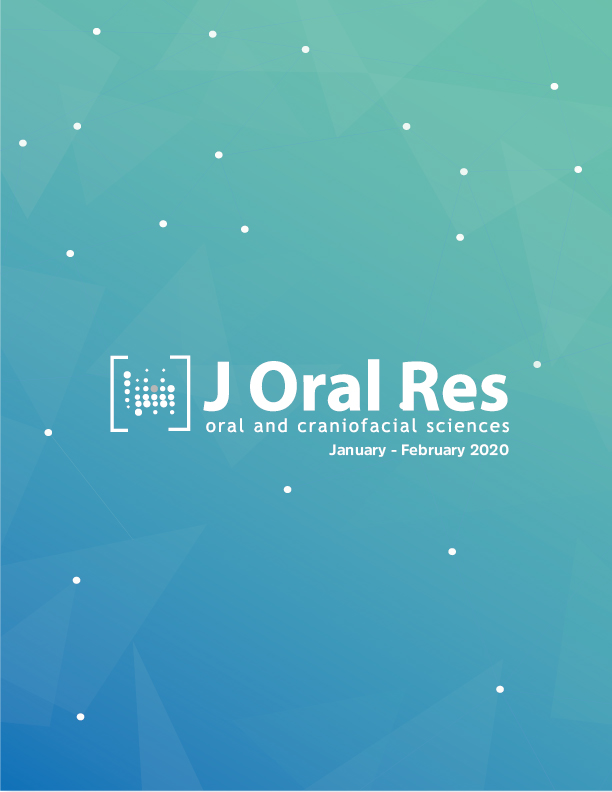Use of cone beam computed tomography, a desktop 3D printer and freeware for manufacturing craniofacial bone prostheses: a pilot study.
DOI:
https://doi.org/10.17126/%25xKeywords:
Cone-Beam Computed Tomography, printing, three-dimensional, prostheses and implants, software, osteotomy, skullAbstract
The aim of this study was to reconstruct missing bone parts using cone beam computed tomography (CBCT), freeware and a desktop 3D printer. Materials and Methods: A human skull was used and osteotomies were performed in the frontal process of the zygomatic bone, zygomatic process of the temporal bone and part of the parietal bone. The 3D image was then obtained CBCT and the DICOM file was transformed into STL and exported using InVesalius software. Missing bone parts were modeled by overlapping with OrtogOnBlender software for later printing using a desktop 3D printer. Result: The obtained prostheses had very good adaptation to the missing bone parts. Conclusion: It is feasible to make bone prostheses by 3D printing using low-cost desktop printers, as well as the use of free open-source software programs through CBCT.
Downloads
Published
How to Cite
Issue
Section
Copyright (c) 2020 Universidad de Concepción

This work is licensed under a Creative Commons Attribution 4.0 International License.
This is an open-access Journal distributed under the terms of the Creative Commons Attribution License (CC BY 4.0). The use, distribution or reproduction in other forums is permitted, provided the original author(s) and the copyright owner(s) are credited and that the original publication in this journal is cited, in accordance with accepted academic practice. No use, distribution or reproduction is permitted which does not comply with these terms. © 2023.










